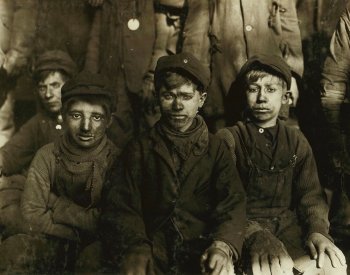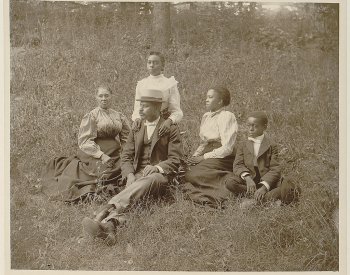To answer this question correctly, students must see both the strengths and weaknesses of an anonymous pamphlet for determining why some American colonists supported Great Britain and opposed independence. For Question 1, students must explain that Samuel Seabury lived in New York in 1774 and may have been knowledgeable about what transpired in the months following the First Continental Congress. For Question 2, students should understand that Seabury published the pamphlet under the pen name “A Westchester Farmer,” but was a high-ranking Anglican minister, so it is possible that his views differed from those of actual Loyalist farmers.
Level: Proficient
Question 1: Student explains that the pamphlet may be useful evidence because Samuel Seabury, who lived in New York in 1774, may have been knowledgeable about the Loyalist response to the First Continental Congress.
Question 2: Student explains that the pamphlet is less useful as evidence because the author claimed to be a Loyalist farmer, but was actually an Anglican minister.
Level: Emergent
Question 1: Student sees that the pamphlet provides some evidence of Loyalist motivations in 1774 but makes assumptions about the pamphlet that go beyond the warrants of the evidence or does not fully explain how the pamphlet could provide useful evidence.
Question 2: Student sees that the source has limitations but provides an incomplete explanation about why the source is less useful as evidence.
Level: Basic
Question 1: Student does not provide a relevant explanation for how the source could be useful as evidence.
Question 2: Student does not identify or explain the limitations of the source as evidence.





